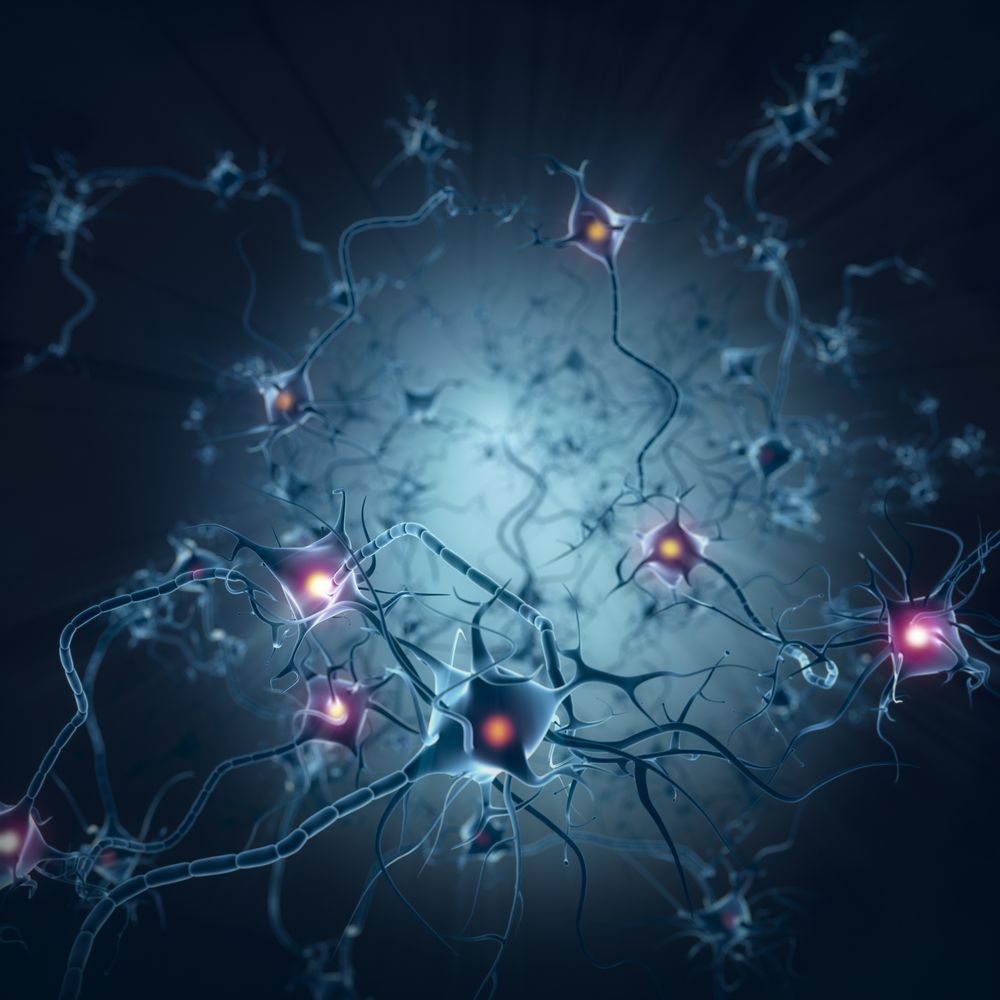Repair of Damaged Nerve Cells in Mice Improved by Boosting Mitochondria Transport

Injured nerve cells in mature mice were better able to repair themselves when researchers boosted the transport of mitochondria along neuronal axons. This finding, which suggests a new way of working to stimulate regrowth in human neurons damaged by injury or disease, is reported in the study “Facilitation of axon regeneration by enhancing mitochondrial transport and rescuing energy deficits,” published in The Journal of Cell Biology.
Neuron, or nerve cell, regeneration is a high-energy demanding process: the ultimate goal is for axons, the thread-like part of a nerve cell along which impulses are delivered to other cells, to reach long distances and interact with other nerve cells. Mitochondria, commonly referred to as the cells’ powerhouses, are the organelles inside cells providing the energy for this process. The energy produced by mitochondria is known as adenosine triphosphate (ATP), and is the source of energy that keeps everything going in cells.
During development, axonal growth is supported by mitochondria transport along its length, so that ATP is generated and accessible wherever needed. In adulthood, however, neurons produce a protein, syntaphilin, which restricts mitochondria transport by anchoring it in place.
Researchers at the National Institute of Neurological Disorders and Stroke questioned whether this impaired mitochondria transport is an underlying mechanism in the failure of adult neurons to regenerate after injury.
In their initial studies, the researchers observed that severing mature mouse axons damaged nearby mitochondria, limiting ATP production and impairing nerve regeneration. When they removed syntaphilin from the nerve cells, however, mitochondrial transport was re-established. The team observed that healthy mitochondria replaced the damaged ones, and restored ATP production. This allowed the syntaphilin-deficient mature neurons to regrow after injury, behaving like young neurons. Adult mice with sciatic nerve crush injuries whose syntaphilin was removed, for example, showed enhanced mitochondrial transport, which accelerated axon regeneration in these nerves.
“Our in vivo and in vitro studies suggest that activating an intrinsic growth program requires the coordinated modulation of mitochondrial transport and recovery of energy deficits. Such combined approaches may represent a valid therapeutic strategy to facilitate regeneration in the central and peripheral nervous systems after injury or disease,” Zu-Hang Sheng, the study’s senior author, said in a press release.






